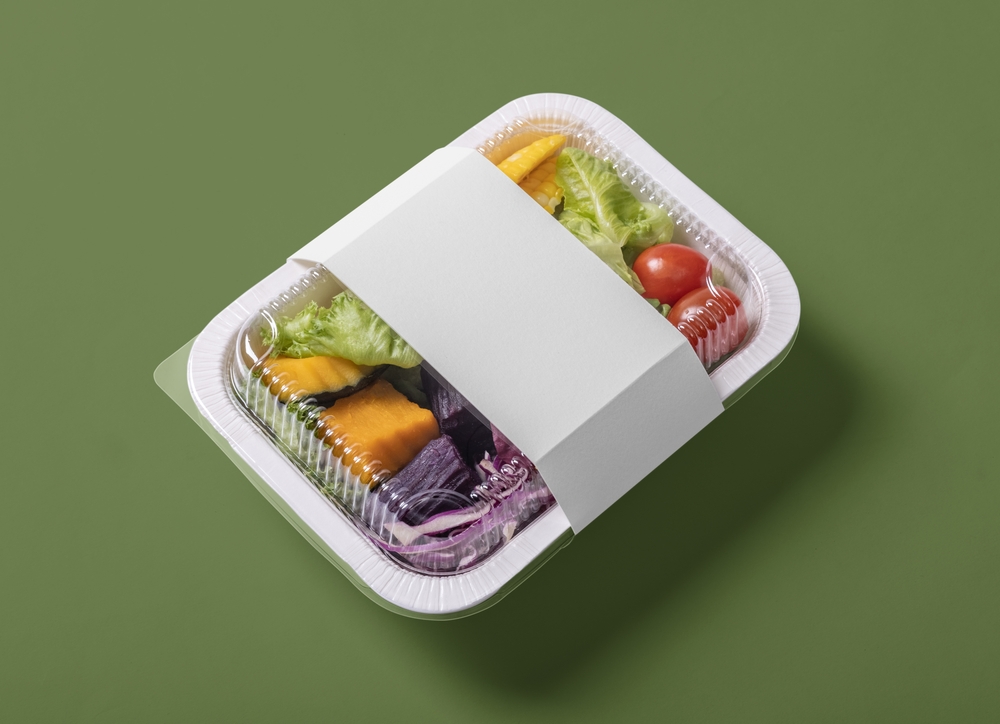
- Products
- Solutions
- Learn
- Partner
- Try Now
Selling food or starting a food business is none less than an art. It needs a lot of passion, dedication and patience. No wonder, there is a lot of opportunity to thrive, provided you are a master at your art.
With the global e-commerce market projected to reach $6.7 trillion by 2024, tapping into this lucrative market can significantly benefit you. Let’s delve into a detailed step-by-step guide on how to effectively sell food online.
Start with Research and Planning
In-depth research is very crucial before starting your business. Who is your target group, what do they want and how do they want it, these questions need to be answered.
Market Research Insights: Begin by delving deep into market research to gain valuable insights into consumer behavior, preferences, and trends. According to Statista, online grocery sales in the United States alone are projected to surpass $100 billion by 2022. Analyze market demographics, competitor strategies, and emerging trends to identify unmet needs and opportunities.
Product Selection Strategy: Your product selection plays a pivotal role in defining your brand identity and attracting your target audience. Utilize tools like Google Trends and keyword research to uncover popular food trends. For instance, Statista reports a growing demand for plant-based and sustainable food options, presenting a lucrative opportunity for innovative entrepreneurs.

Crafting a Compelling USP and Branding: In a competitive landscape, a compelling Unique Selling Proposition (USP) can set your brand apart and captivate consumers’ attention. Conduct a SWOT analysis to identify your strengths, weaknesses, opportunities, and threats. Whether it’s your commitment to organic or locally sourced ingredients, weave your USP into your brand story.
Navigating Legal Compliance and Licensing: Before venturing into the online food business, familiarize yourself with the legal requirements and regulations. The Food and Drug Administration (FDA) provides comprehensive guidelines on food safety regulations, labeling requirements, and licensing procedures. Ensure compliance with local, state, and federal laws to maintain the integrity of your brand.
Setting Up an Online Store
Choosing the Right Platform: Selecting the appropriate platform is paramount to the success of your online food business. Consider factors such as ease of use, customization options, scalability, and integration capabilities.
According to BuiltWith, Shopify dominates the e-commerce market with a 23% share, offering intuitive features tailored for food businesses, including seamless inventory management and mobile responsiveness.
Click here to start your own food delivery business
Optimizing Your Online Store: Your online store serves as the digital storefront for your brand. Invest in high-quality product photography and compelling product descriptions. Leverage user-generated content and customer testimonials to build credibility and trust with your audience.
Streamlining Payment and Shipping Processes: Simplify the checkout experience for your customers by offering multiple payment options and secure payment gateways. According to Baymard Institute, 21% of online shoppers abandon their carts due to complicated checkout processes.
Integrate reliable shipping partners and provide transparent shipping rates.
Food Preparation and Packaging
Ensuring Food Safety and Compliance: Establish a state-of-the-art commercial kitchen facility that adheres to strict food safety standards and regulations. Implement Hazard Analysis and Critical Control Points (HACCP) principles to mitigate food safety risks. Train your staff on proper hygiene practices and sanitation protocols.
Innovating Recipes and Culinary Techniques: Elevate your product offerings by constantly innovating and refining your recipes. According to Nielsen, 63% of consumers are willing to pay more for products that offer transparency and authenticity. Incorporate locally sourced, seasonal ingredients and highlight their nutritional benefits to appeal to health-conscious consumers.

Packaging for Freshness and Sustainability: Invest in eco-friendly packaging solutions that prioritize freshness and sustainability. According to Packaging Digest, 52% of consumers consider environmental sustainability when making purchasing decisions. Explore compostable, biodegradable packaging options and minimize plastic usage to reduce your environmental footprint.
Marketing and Promotion
Crafting a Multi-channel Marketing Strategy: Develop a marketing strategy for various digital channels to amplify your brand reach and engagement. Leverage social media platforms like Instagram and Facebook to showcase visually appealing content. According to Hootsuite, Instagram has over 1 billion active users, making it an ideal platform for food businesses to showcase their products.
Influencer Marketing: Collaborate with influencers and food bloggers in your niche to amplify your brand’s visibility and credibility. Influencer marketing generates an average return on investment (ROI) of $5.20 for every dollar spent. Partner with influencers who align with your brand values and have a genuine connection with their followers.
Also Read
Recipe for Success: How to Make Your Food Business Flourish
Content Marketing: Enhance your online visibility and drive organic traffic to your website by optimizing your content for search engines. Conduct keyword research to identify relevant search queries and incorporate them into your product descriptions, blog posts, and meta tags. According to HubSpot, websites that blog regularly receive 55% more website visitors.
Order Fulfillment and Shipping
Implementing Efficient Processes: Streamline your order processing and fulfillment operations to ensure timely delivery and customer satisfaction. Invest in inventory management software to track stock levels, monitor demand trends, and prevent stockouts. According to Deloitte, 45% of consumers expect two-day shipping as a standard delivery option, emphasizing the importance of efficient fulfillment processes in meeting customer expectations.
Partnering with Carriers: Choose reputable shipping carriers that specialize in handling perishable goods and offer temperature-controlled shipping options. According to Pitney Bowes, 92% of consumers say shipping options heavily influence their online shopping decisions. Negotiate competitive shipping rates and provide real-time tracking updates.
Ensuring Packaging Integrity and Food Safety: Prioritize packaging integrity and food safety throughout the shipping process. Invest in insulated packaging materials and cold packs to maintain optimal temperature conditions during transit. According to Dotcom Distribution, 61% of consumers expect perishable items to arrive in perfect condition, highlighting the importance of robust packaging solutions.
Customer Service and Feedback
Establishing Responsive Channels: Cultivate a customer-centric culture by providing prompt and personalized support across multiple channels. Implement live chat functionality, email ticketing systems, and toll-free helplines to address customer inquiries. According to Zendesk, 90% of consumers consider an immediate response essential when seeking customer support.
Encouraging Feedback: Actively solicit feedback from your customers to gain valuable insights into their preferences and satisfaction levels. Leverage online review platforms like Trustpilot and Google My Business to showcase positive testimonials and build social proof. According to BrightLocal, 87% of consumers read online reviews for local businesses, making reputation management a critical aspect of your online food business strategy.
Also Read
“I spent $60,000 to take my food business online, but..”
Implementing a Seamless Returns and Refunds Policy: Instill confidence in your customers by offering a hassle-free returns and refunds policy that prioritizes their satisfaction. Clearly communicate your return policy on your website and provide easy-to-follow instructions for initiating returns.
According to Narvar, 63% of consumers are more likely to make repeat purchases from brands with easy return processes, It highlights the impact of customer-friendly policies on brand loyalty and retention.
Scaling and Growth
Analyzing Performance Metrics and Insights: Leverage analytics tools and performance metrics to track key indicators of success. Monitor sales trends, customer acquisition costs, and retention rates to gain actionable insights into consumer behavior and market dynamics.
According to McKinsey, companies that leverage data-driven insights are 23 times more likely to acquire customers and six times more likely to retain them.
Expanding Product Offerings and Market Reach: Diversify your product portfolio and explore new market segments to capitalize on emerging trends and consumer preferences. Conduct market research to identify untapped opportunities and niche markets with high growth potential.
59% of consumers prefer to purchase new products from brands they trust, highlighting the importance of brand loyalty and reputation in facilitating product expansion and market penetration.
Nielsen
Conclusion
Navigating the complexities of selling food online requires careful planning, strategic execution, and a relentless commitment to excellence.
By following this guide, you can position your online food business for growth and success in the dynamic digital marketplace. Embrace change, innovation and continue to delight your customers with exceptional products and experiences.
Also watch:
Subscribe to stay ahead with the latest updates and entrepreneurial insights!

Subscribe to our newsletter
Get access to the latest industry & product insights.





















